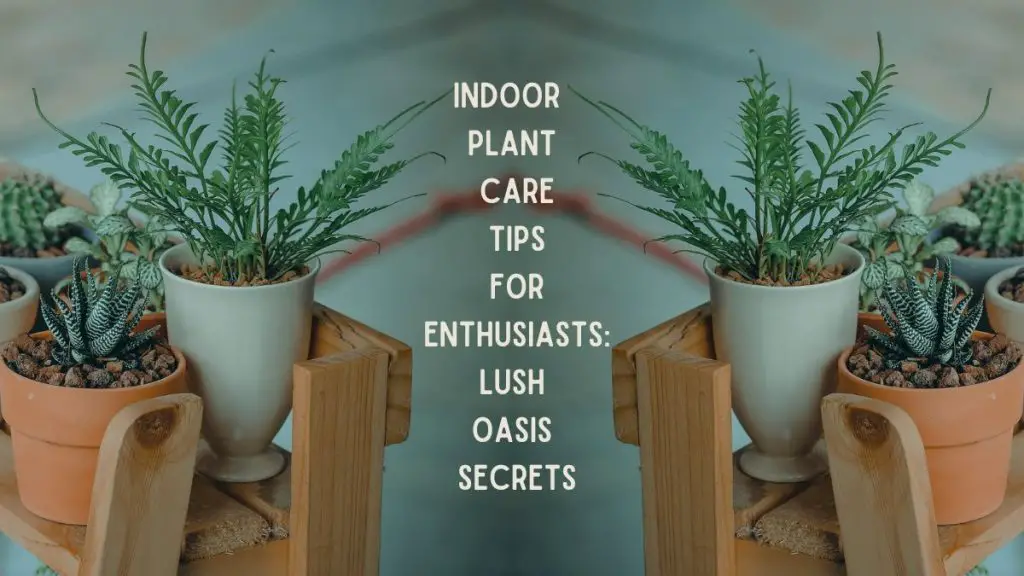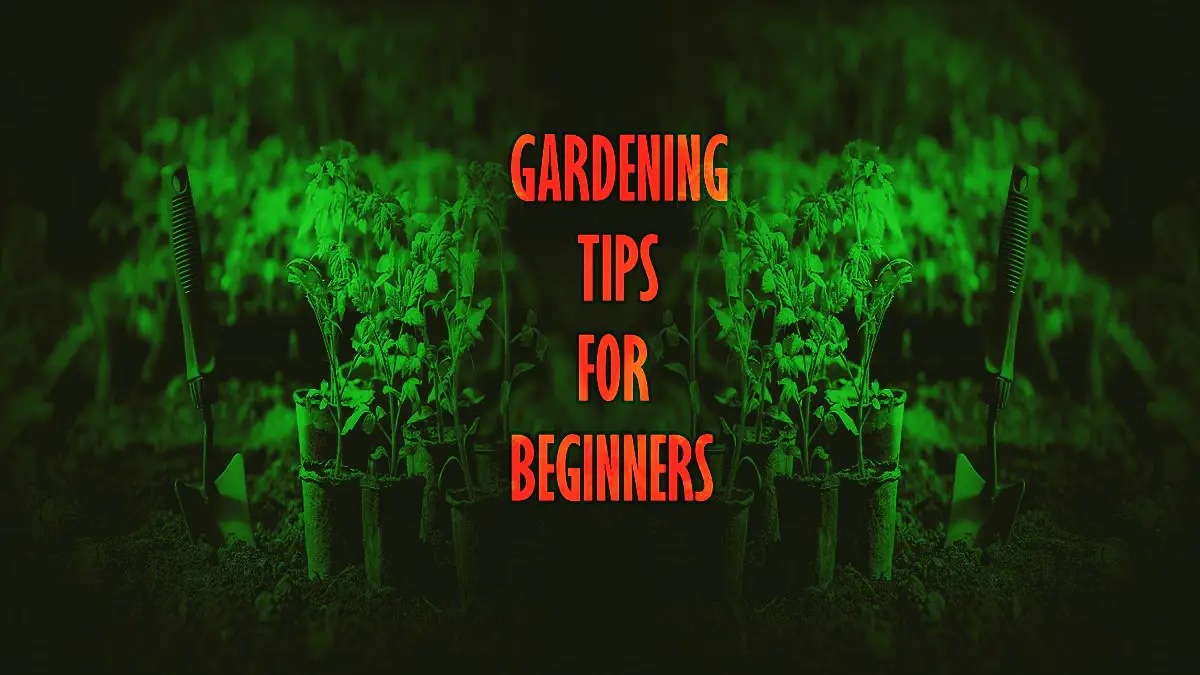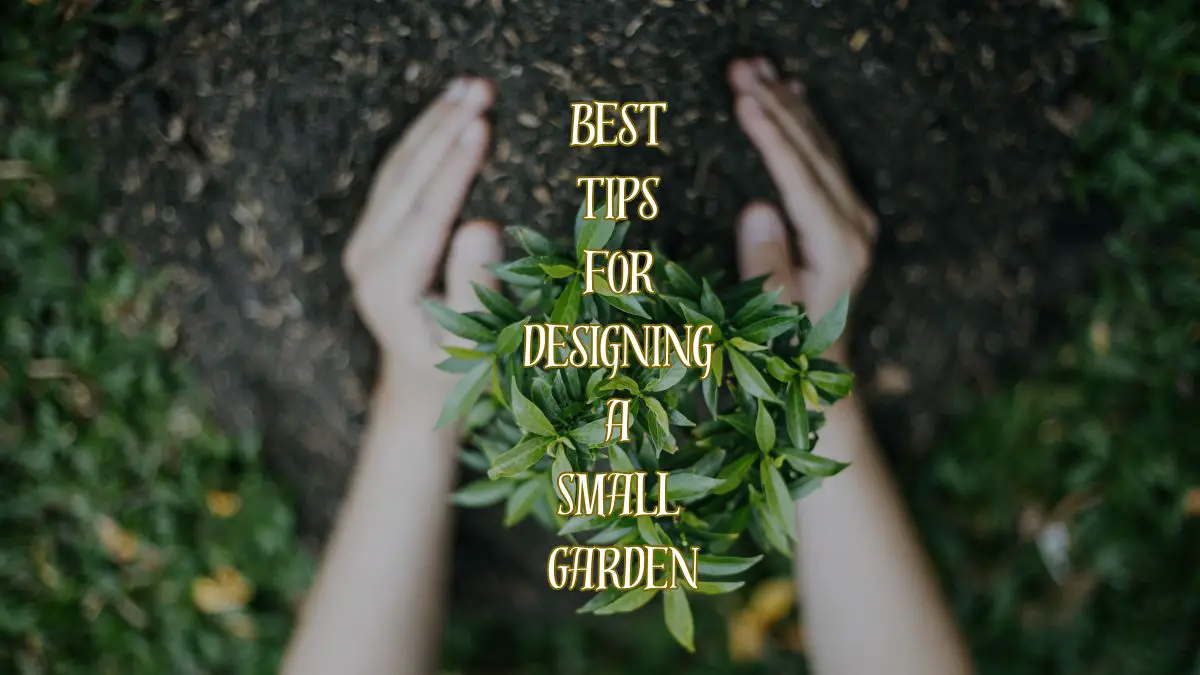Transform your living space into a lush, green haven with our ultimate guide, “Indoor Plant Care Tips for Enthusiasts.” Whether you’re a seasoned plant lover or just starting your indoor gardening journey, this article is packed with expert advice and practical tips to help your plants thrive. Discover the secrets to mastering light, water, soil, and more, turning your home into a vibrant sanctuary of health and beauty.
Indoor plants add beauty and improve air quality. Caring for them requires simple yet consistent attention. Select plants suitable for your home’s lighting conditions. Overwatering is a common mistake; let the soil dry before the next watering. Use well-draining pots to prevent root rot.
Regularly dust leaves to maximize photosynthesis. Fertilize monthly during the growing season. Monitor for pests and address issues promptly. Rotate plants periodically for even light exposure. Prune dead leaves to encourage new growth. Proper care enhances plant health and longevity, bringing nature indoors.
Related Article: Best Plants to Grow Under Trees – A Complete Guide
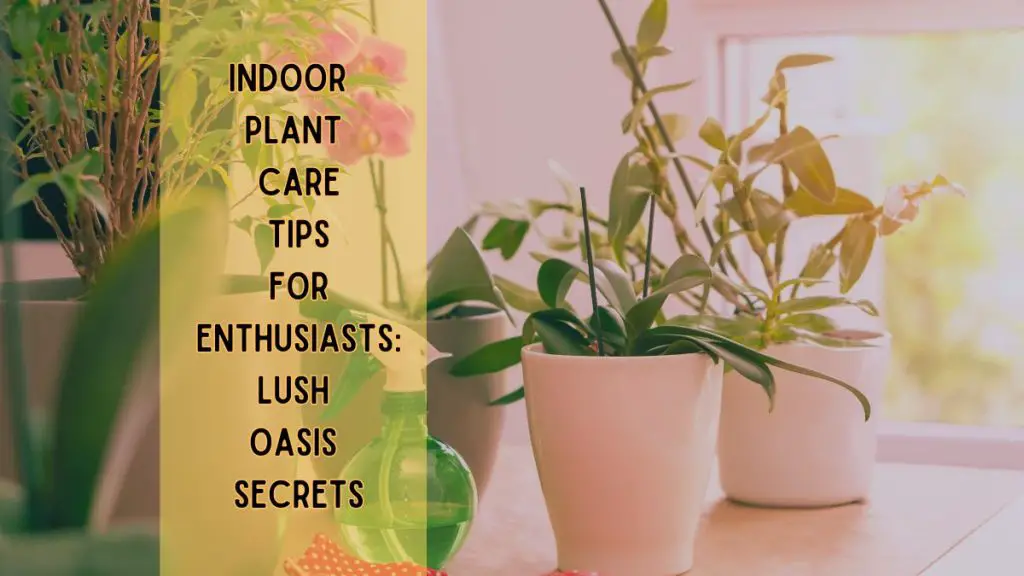
Related Article: Exploring the Diversity of Rock Garden Plants for Unique Gardens
Cultivating Your Green Thumb
Indoor plant care is a rewarding hobby. It brings nature inside your home. With the right tips, you can master indoor gardening. This guide will help you cultivate your green thumb. Learn how to select the right plants and essential tools.
Selecting The Right Plants
Choosing the right plants is crucial. Some plants thrive indoors while others do not. Here are some beginner-friendly plants:
- Snake Plant: Low maintenance, tolerates low light.
- Peace Lily: Prefers shade, purifies air.
- Spider Plant: Easy to grow, needs indirect light.
- Pothos: Hardy, grows in various light conditions.
Consider the light and space in your home. Some plants need more sunlight. Others do well in shade. Make sure to water them properly. Overwatering can be harmful.
Essential Tools For Indoor Gardening
Having the right tools makes plant care easier. Here’s a list of essential tools for indoor gardening:
| Tool | Purpose |
|---|---|
| Watering Can | Provides controlled water flow. |
| Pruning Shears | Trims leaves and stems. |
| Potting Mix | Gives nutrients to your plants. |
| Plant Mister | Maintains humidity levels. |
| Grow Lights | Provides light in low-light areas. |
Using the right tools ensures healthy plants. They help you manage watering, pruning, and lighting. Investing in good tools is worth it.
Optimal Living Conditions
Indoor plants thrive when given the right conditions. It’s crucial to provide the best environment. This ensures healthy growth and longevity. Let’s explore the optimal living conditions for your indoor plants.
Lighting Requirements For Growth
Lighting is vital for indoor plants. Most houseplants need bright, indirect light. Place them near a window with filtered light. Avoid direct sunlight, which can burn leaves.
Some plants, like succulents, prefer direct sunlight. Ensure they receive at least 6 hours of sun daily. Use a grow light if natural light is insufficient. LED grow lights are energy-efficient and effective.
Consider the plant’s natural habitat. Tropical plants need different light than desert plants. Check the plant’s specific needs for best results.
Temperature And Humidity Control
Indoor plants need stable temperatures. Most plants thrive between 60-75°F (15-24°C). Avoid placing them near heaters or cold drafts.
Humidity is also important. Tropical plants prefer higher humidity levels. Aim for 50-60% humidity for these plants. Use a humidifier or place a tray of water near the plants.
Desert plants, like cacti, need lower humidity. Ensure good air circulation for all plants. This prevents mold and fungal growth.
Maintaining optimal conditions can be tricky. Here’s a quick reference table:
| Plant Type | Light | Temperature | Humidity |
|---|---|---|---|
| Tropical | Bright, Indirect | 60-75°F (15-24°C) | 50-60% |
| Succulents | Direct Sunlight | 65-80°F (18-27°C) | Low |
| Ferns | Low Light | 60-75°F (15-24°C) | High |
Keep these tips in mind. Your plants will flourish with the right care.
Nutrition And Watering Wisdom
Proper nutrition and watering are crucial for your indoor plants. They ensure your plants grow healthy and strong. This section will cover important tips on soil composition, fertilization, and watering schedules.
Soil Composition And Fertilization
Choosing the right soil is vital for plant health. Most indoor plants thrive in well-draining soil. Ensure the soil mix includes peat moss, perlite, and vermiculite.
| Component | Purpose |
|---|---|
| Peat Moss | Retains moisture |
| Perlite | Improves aeration |
| Vermiculite | Enhances drainage |
Fertilizing your plants is also essential. Use a balanced fertilizer with equal parts nitrogen, phosphorus, and potassium. Apply fertilizer every 4-6 weeks during the growing season.
Watering Schedules And Techniques
Watering indoor plants can be tricky. Overwatering is a common mistake. Stick to a schedule and check soil moisture levels regularly.
- Water when the top inch of soil is dry.
- Use room temperature water to avoid shocking the roots.
- Ensure proper drainage to prevent root rot.
Consider using different watering techniques based on your plant type. For instance, succulents need less water, while tropical plants need more.
- For succulents: Water every 2-3 weeks.
- For tropical plants: Water weekly.
Monitor your plants and adjust the watering schedule as needed. Each plant is unique and may have different needs.
Related Article: The Ultimate Guide to Garden Tool Organization: Maximize Efficiency
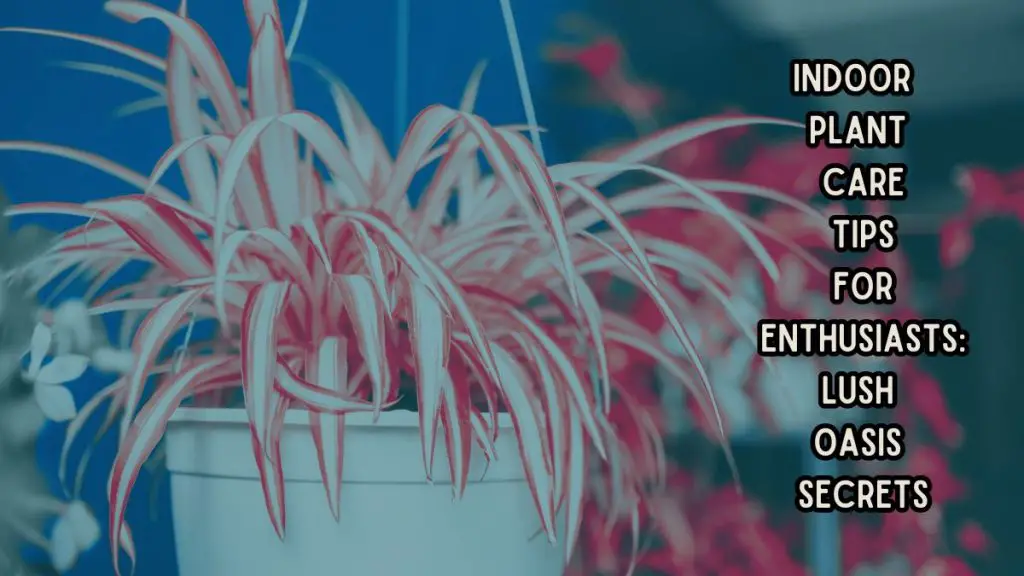
Related Article: The Ultimate Guide to Organic Gardening
Growth And Maintenance Strategies
Keeping indoor plants healthy requires growth and maintenance strategies. These strategies help plants thrive. Proper care ensures lush greenery and vibrant blooms.
Pruning And Deadheading
Pruning involves trimming the plant to remove dead or overgrown parts. This encourages new growth. Use clean, sharp scissors for pruning.
- Remove yellow leaves to prevent disease.
- Trim leggy stems to maintain shape.
Deadheading means removing spent flowers. This helps the plant focus its energy on new blooms. Pinch off the flower heads gently.
Pest Prevention And Treatment
Indoor plants can attract pests. Keeping them at bay is crucial. Regular checks help spot issues early.
- Inspect leaves for tiny bugs.
- Use neem oil as a natural pesticide.
Some common pests include spider mites, aphids, and mealybugs. Treat them with insecticidal soap or a natural remedy.
| Pest | Treatment |
|---|---|
| Spider Mites | Insecticidal soap |
| Aphids | Neem oil |
| Mealybugs | Rubbing alcohol |
Keep plants clean and dust-free. This discourages pests from settling. Wipe leaves with a damp cloth regularly.

Credit: greenplantflowers.com
Related Article: The Top 10 Common Gardening Mistakes You Should Avoid
Propagating Plants Successfully
Propagating plants is a rewarding and fun activity. It allows you to multiply your favorite plants. There are various methods to propagate plants. The most common methods are division and cutting. Let’s explore these methods and other useful tips.
Division And Cutting Methods
Division is ideal for plants with multiple stems or clumps. Examples include ferns and hostas. To divide, gently remove the plant from its pot. Separate the roots into smaller sections. Each section should have at least one stem and root. Replant each section in a new pot.
Cutting involves taking a piece of the plant and allowing it to grow roots. Use a clean, sharp knife or scissors. Cut a healthy stem just below a node. Remove the lower leaves. Place the cutting in water or moist soil. Keep it in a warm, bright spot. Roots should appear in a few weeks.
Rooting Hormones And Potting Tips
Rooting hormones can help cuttings grow roots faster. These are available as powders, gels, or liquids. Dip the cut end of the cutting into the hormone. Follow the instructions on the package. Plant the cutting in soil or water.
Potting tips are essential for successful propagation. Use clean pots and fresh potting mix. Ensure the pots have drainage holes. Water the new plants regularly but do not overwater. Place the pots in a bright, warm spot. Avoid direct sunlight, as it can be too harsh.
| Method | Steps |
|---|---|
| Division | 1. Remove plant from pot 2. Separate roots into sections 3. Replant sections in new pots |
| Cutting | 1. Cut healthy stem below node 2. Remove lower leaves 3. Place in water or soil 4. Wait for roots to grow |
By following these tips, you can propagate plants successfully. Enjoy watching your garden grow!

Credit: www.delineateyourdwelling.com
Related Article: A Comprehensive Guide to Garden Pest Control Makes Garden Beautiful
Conclusion
Caring for indoor plants is rewarding and fulfilling. Follow these tips to keep your plants thriving. Regular watering, proper lighting, and occasional feeding are essential. Remember to monitor for pests and prune as needed. With dedication, your indoor garden will flourish, bringing beauty and serenity to your home.
Happy gardening!
Related Article: Beneficial Garden Insects for Natural Pest Control – A Complete Guide

